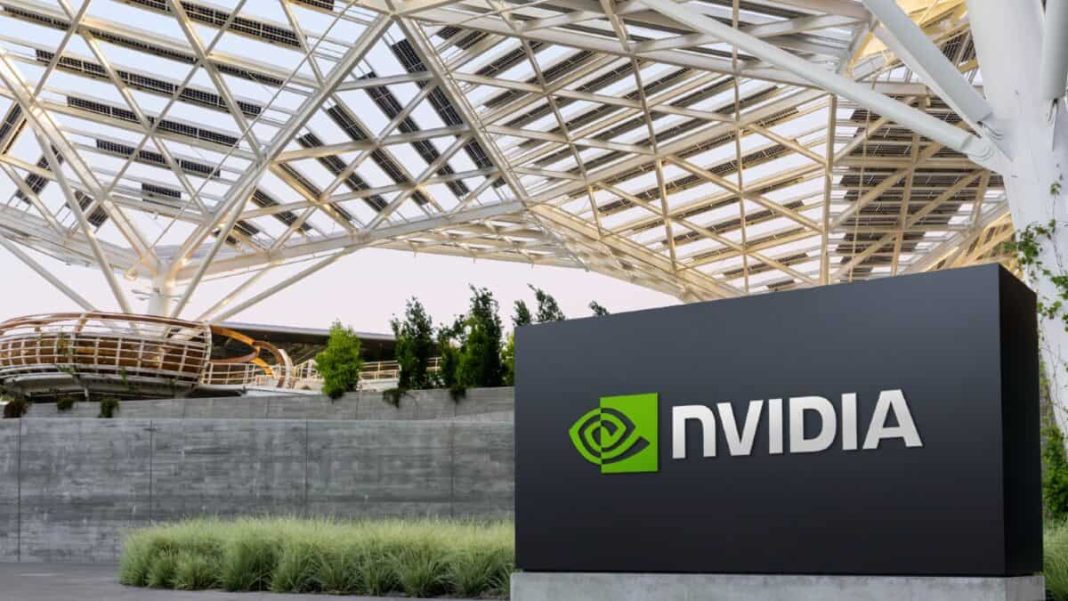Few events get markets more riled up than a Nvidia (NASDAQ: NVDA) earnings call, typically followed by wild share price swings. This is unsurprising, considering its $3.58trn market cap is larger than the entire FTSE 100. With the multi-billion dollar artificial intelligence (AI) industry hinged on the company’s computer chips, much lies in the balance.
The stock has already gained over 200% this year and the company doesn’t show any signs of slowing down its business growth. Yesterday’s (20 November) results were comparatively good, considering the price had plummeted 15% after its last earnings call. And that wasn’t a bad result either!
But with Nvidia delivering so much lately, analyst expectations are high.
The results
At $0.78, earnings per share (EPS) beat analyst expectations of $0.74, while revenue reached $35.08bn, ahead of an expected $33.25bn.
For comparison, in Q3 2023, EPS was $0.40 and revenue $18.12bn.
Revenue guidance for Q4 also came in slightly above estimates at $37.5bn. Yet the stock declined by 2.5% in after-market trading.
Growth drivers
The big news for Nvidia this year has been the much-anticipated Blackwell AI chips. There were reports this week about the chips potentially overheating but Nvidia says these issues were resolved some time ago.
The new flagship graphics processing units (GPUs) are said to be twice as fast as their predecessors, ushering in the next age of hyper-fast AI data centre performance.
CEO Jensen Huang has already noted that “demand is insane“, with the chips already sold out for the next 12 months. This was compounded by a production issue that caused a delay in shipment until December. These supply issues have been a key concern for shareholders.
Core customers include US tech giants like Amazon, Microsoft and Meta. However, the first company to buy the chips was Japanese computing giant Softbank, which plans to build Japan’s largest supercomputer next year.
Trade tariff concerns
One potential risk is incoming US President Donald Trump’s trade tariffs, which could increase the cost of importing critical components from Taiwan Semiconductor Manufacturing Company (TSMC) – Nvidia’s main supplier. This would add to the already present risk of political instability in the country. Supply of other critical components and materials could also be affected.
If rivals like AMD find a way to remain cheap in the face of the trade tariffs, Nvidia’s market share could be threatened. In addition, certain metrics indicate the stock may be ‘overbought’ and could be primed for a correction.
Looking ahead
After an exceptional two years in which the share price has increased almost 900%, forecasts now expect growth to taper off. EPS growth is forecast to surpass 130% this year but drop to 43% next year and only 16% in 2026.
The price increased 18% in the second half of this year, after 150% growth in H1. That means it’s now unlikely to beat the 238% growth it achieved in 2023.
However, the trailing price-to-earnings (P/E) ratio has dropped too, along with the more subdued growth. This year, it has fluctuated in a range between 50 and 70 — far lower than much of last year spent above 100.
Now with a forward P/E of around 40, there’s some potential for further growth. But after selling my shares earlier this year, it’s not enough to convince me to dive back in.


